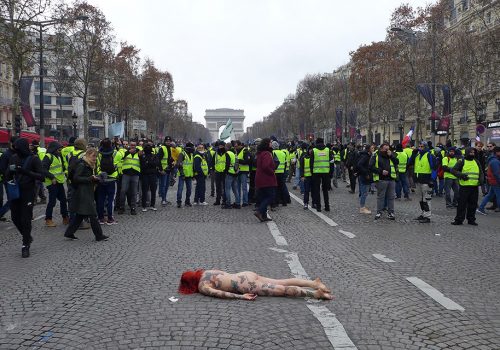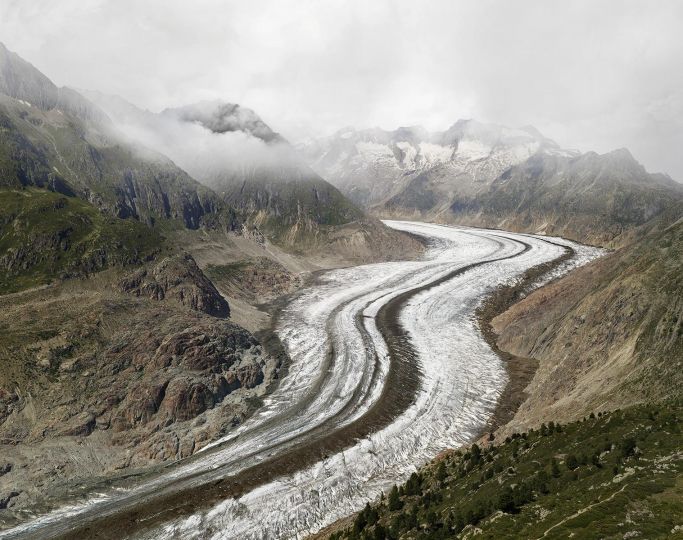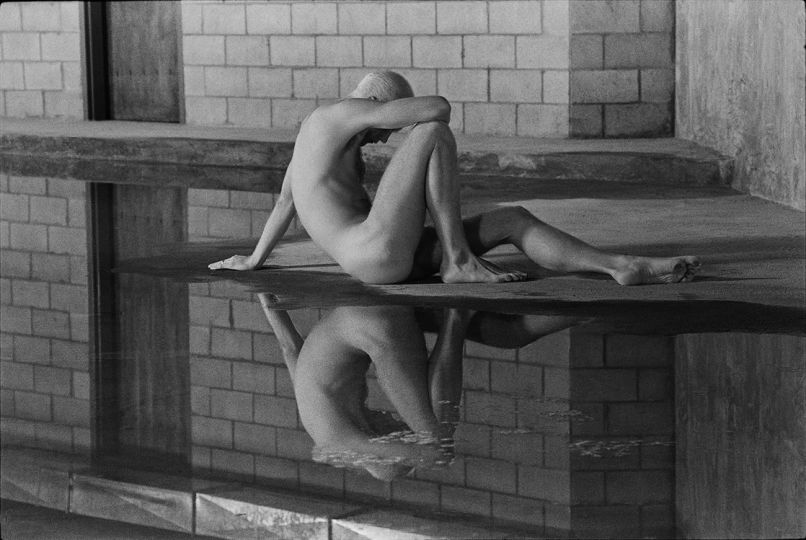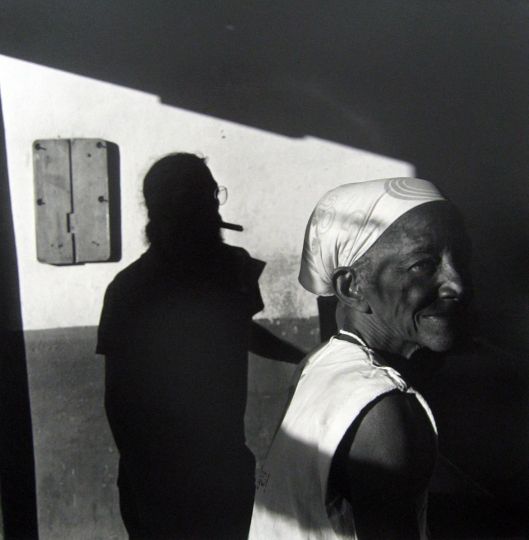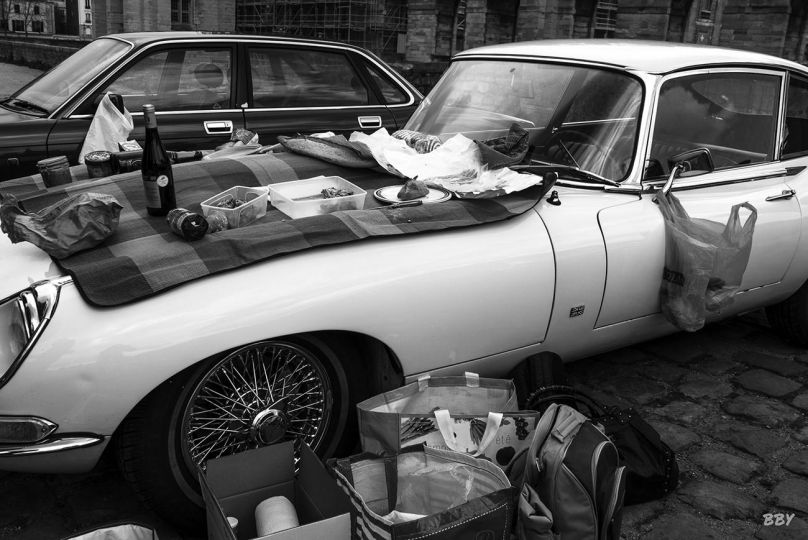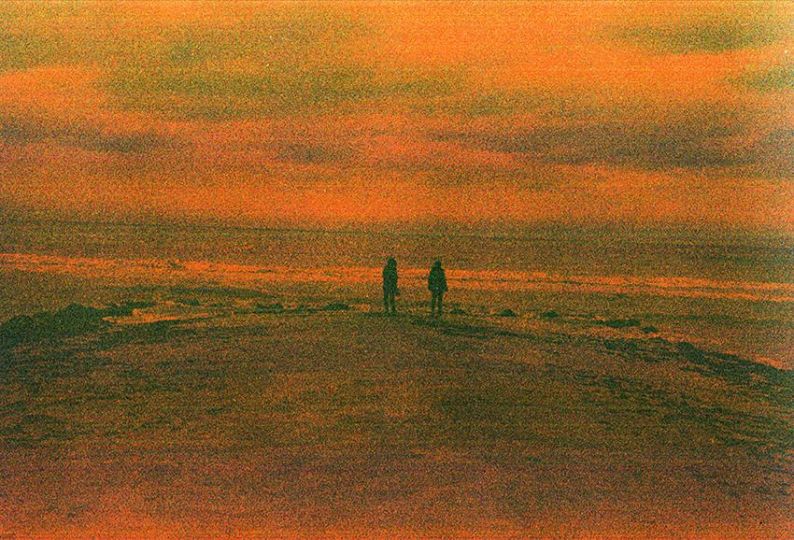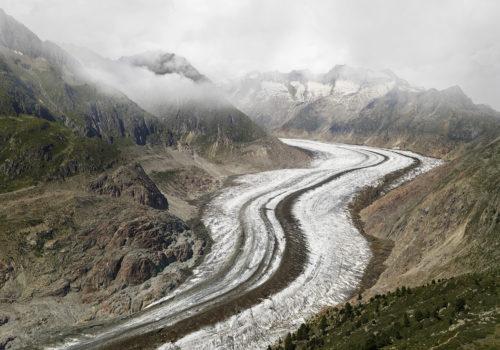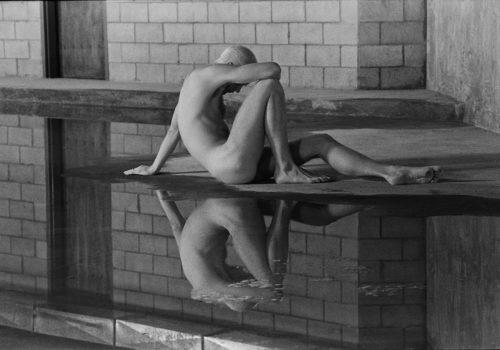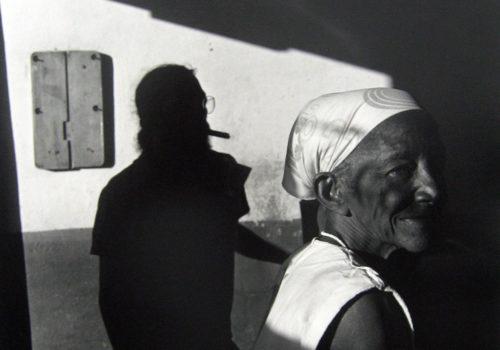Written by Jean Loh
From the entry of her extraordinary exhibition at the Dole Museum of Fine Arts, we seem to recognize the familiar and exhilarating terrain of the pure tradition of women self-portraitists, and we keep thinking of Francesca Woodman, Nan Goldin, Cindy Sherman, and especially Sophie Calle, whose omnipresence manifests itself through a photo of the artist Lydie Jean-Dit-Pannel lying on the tombstone of her favorite author-poet Charles Bukowski.
Lydie Jean-Dit-Pannel carries her unusual family name like a nom de guerre, which led us to consult the website politologue.com according to which “between 1891 and 2000, there were 32 births of people bearing the family name JEAN DIT PANNEL in France. With an average life expectancy of 80 years, we estimate that there are around 24 people born in France” with this name. “A French visual artist born July 9, 1968 in Montbéliard,” says Wikipedia, Lydie is today one of the 24 rare members of the Jean-Dit-Pannel clan in France. Wikipedia continues: “She lives and works between Dijon and Malakoff, and is teaching at Dijon’s École Nationale Supérieure d’Art since 2012. She has been exploring the question of image since the 1980s through long-term projects.” Therefore, born amidst the echoes and smells of tear gas from the May 1968 protests, though faraway, Lydie has a rebel seed, she is a fighter, as we can see from the poster of her retrospective “Alive”, entitled “Auto-Arm Wrestling”. Right after the entrance of the museum there is a real arm-wrestling table, inviting the public to get into fight mood. Because this is a fight that Lydie has been leading for years, alone, especially against nuclear power stations and other toxic places.

